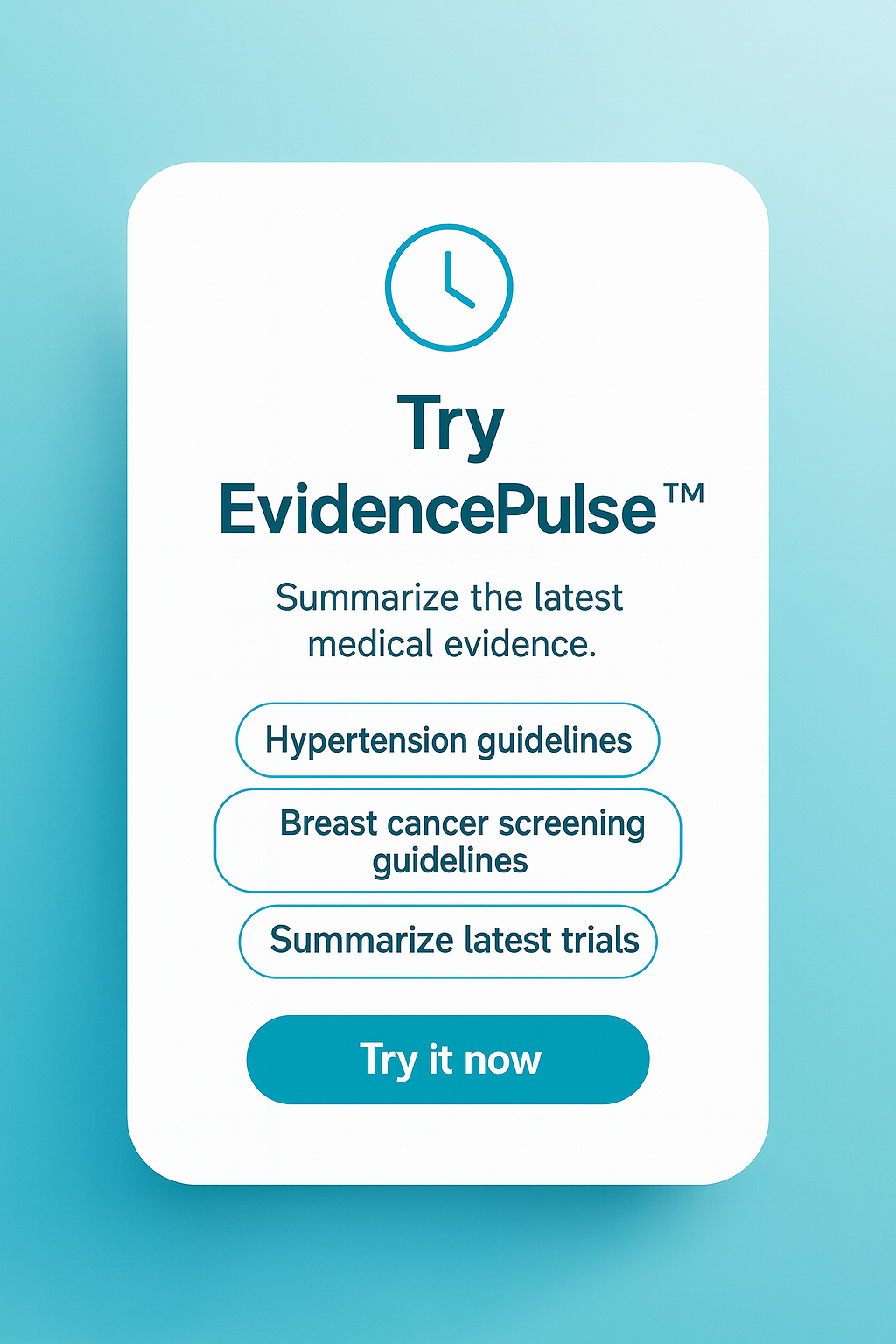Induction of labor for large fetuses associated with fewer shoulder dystocias
1. Induction of labor at 37-38 weeks for suspected large fetuses resulted in fewer shoulder dystocias compared with expectant management.
2. Induction of labor was associated with an increased likelihood of vaginal delivery and did not increase risk of C-section.
Evidence Rating Level: 1 (Excellent)
Study Rundown: Macrosomia refers to a fetus that is much larger than normal and suspected macrosomia is defined as an estimated fetal weight of greater than 4000 grams for a woman with gestational diabetes or 4500 grams for a woman without diabetes. Risk factors include gestational diabetes and prolonged pregnancy. Large babies are at risk for a number of unfavorable delivery outcomes, including operative vaginal deliveries, Cesarean sections and shoulder dystocia. Shoulder dystocia itself can cause significant neonatal morbidity from clavicle fracture, nerve injury (e.g. brachial plexus injury), and even asphyxia. Some experts suggested that induction of early-term labor at 37-38 weeks may prevent further fetal growth. However, previous observational studies have showed an increased risk of Cesarean sections with this strategy, though studies examining early induction have been limited and small in size. In this multi-center, randomized controlled trial, researchers assessed the risk and benefits of induction of labor compared with expectant management in women with large-for-gestational-age fetuses.
Suspected large-for-date fetuses born by induction of labor at 37-38 weeks gestation were significantly less likely to experience shoulder dystocia and more likely to be delivered vaginally. Strengths included rigorous, multi-center randomized controlled design. One limitation is that physicians were not blinded to estimated fetal weight, which might have motivated them to recommend Cesarean delivery in women with large-for-gestational age fetuses. Additionally, estimating fetal weight is imprecise, though this should not result in systematic bias.
Click to read the study in The Lancet
Relevant Reading: Expectant management versus labor induction for suspected fetal macrosomia
In-Depth [randomized controlled trial]: Women at 19 international centers with fetuses estimated to exceed the 95th percentile for weight for gestational age were randomized to receive induction of labor between 37 and 38 weeks gestation (n=407) or expectant management (n=411). The primary outcome was a composite of clinically significant shoulder dystocia, clavicle fracture, brachial plexus injury, intracranial hemorrhage or death. An intention to treat analysis was done.
Compared with the expectant management group, women in the induction group had a lower risk of shoulder dystocia or associated morbidity (RR=0.32, 95% CI=0.15-0.71). The likelihood of spontaneous vaginal delivery was higher in the induction group (RR=1.14, 95% CI 1.01-1.29). There was no difference in frequency of cesarean delivery or neonatal morbidity between the 2 groups.
Image: PD
©2015 2 Minute Medicine, Inc. All rights reserved. No works may be reproduced without expressed written consent from 2 Minute Medicine, Inc. Inquire about licensing here. No article should be construed as medical advice and is not intended as such by the authors or by 2 Minute Medicine, Inc.







